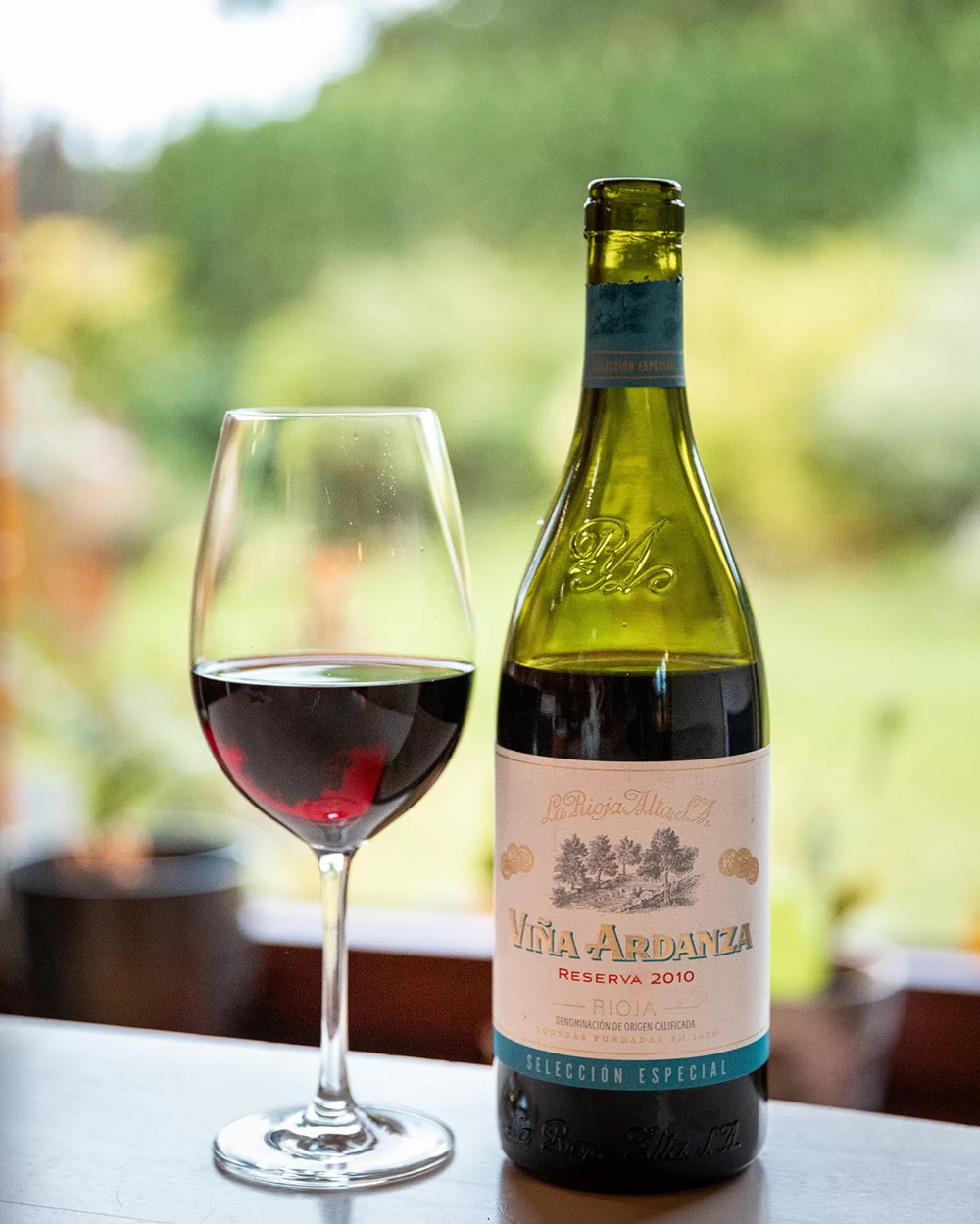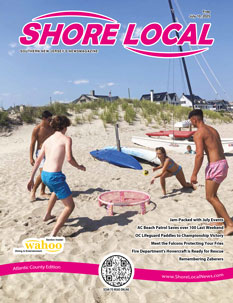By David Setley
To those who know me, it likely won’t be a surprise to learn that the wines of the Iberian Peninsula – Spain and Portugal – are among my favorites. In fact, these are arguably some of the best wines in the world! In previous articles, I have addressed Spain’s more well-known regions. This week, let’s look at a few lesser-known wine regions and the outstanding varietals they produce. So please, pour a glass and allow me to introduce you to the wines of the Basque Country, Navarra, and Castilla y Leon.
The Basque Country wine region is in north-central Spain around the city of Bilbao. The Basque people trace their ancestry to ancient Neolithic farming tribes who inhabited the area long before the Romans arrived. In fact, they are considered the oldest existing culture, not only on the Iberian Peninsula, but possibly in all of Europe. Their language is believed to be the most ancient, distinct dialect in Europe. The region is divided into three subregions: Bizkaiko Txakolina, Getariako Txakolina, and Arabako Txakolina (say those three times fast!). “Txakolina” translates to “village” in the Basque language but is also the name for a style of wine produced there.
The Basque Country wine region produces crisp, zesty, slightly dry, and slightly effervescent Txakoli wines (pronounced like the start of chocolate, but say choc-o-lee). They are primarily made from Hondarribi Zuri and Hondarribi Beltza grapes and come in both white and rosé styles that are fabulous for summer. Txakoli wines have notably high levels of minerality and are relatively low in alcohol, typically 10-11%. Many of the vineyards are located directly on the coast of the Atlantic Ocean, resulting in a slightly salty minerality. The region is a cool, wet area, giving the grapes a short growing season that prevents them from achieving a high level of maturity, resulting in wines that tend to be highly acidic. Think of Txakoli wine as a less fruit-forward Sauvignon Blanc. They pair wonderfully with fresh seafood. Interestingly, 80% of Txakoli wines produced in the Basque Country are consumed there. Clearly, what happens in the Basque Country, largely stays in the Basque Country! But let’s take advantage of that 20%. An excellent, and very reasonably priced example of this wine is Antxiola-Txakolina Getariako from the Getariako Txakolina subregion. Don’t let unfamiliarity with the varietal deter you. You may find a new favorite.

Another lesser-known wine region of Northern Spain is Navarra, located at the western end of the Pyrenees Mountains. It borders France to the north, the Basque Country to the west, and Aragón to the east. One of the region’s most recognized towns is Pamplona, known for its “Running of the Bulls,” made famous in Ernest Hemingway’s “The Sun Also Rises”. Navarra produces outstanding wines made from Tempranillo, Merlot, Cabernet Sauvignon, Chardonnay, and Sauvignon Blanc grapes. However, the most respected wines from the region are made from Garnacha grapes. Garnacha wine is dry, bold, and medium-bodied, with soft tannins and an excellent balance of dark fruit and earthiness. Try the Viña Zorzal Malayeto Garnacha, a perfect example of the region’s terroir and made from 100% Garnacha. It is spontaneously fermented with wild yeast and aged for 9 months in French oak barrels. This wine is a perfect charcuterie wine, also pairing well with vegetables, ham, stews, game, paella, and meat dishes.
The last region on this wine tour of Northern Spain is the land-locked region of Castilla y Leon. Bordered by Portugal to the west, Galicia and the Basque Country to the north, La Rioja and Aragon to the east, and Madrid to the south, Castilla y Leon is among the largest wine regions in Spain. Many grapes are produced there, including the red varietals of Tempranillo, Mencia, Syrah, and Cabernet Sauvignon, and a white grape in the subregion of Rueda, called Verdejo.
Mencia, likely the most unfamiliar of the above list to many of you, is frequently called Spain’s Pinot Noir. The wines produced from this grape are very dry and medium-bodied, with notable acidity and notes of cherry and wild raspberry as well as earthy notes of forest floor and soil. The subregion of Ribera de Duero is home to the winery of Jose Antonio Garcia (sometimes just called JAG) and his wife, Julia Peña García. They are winemaking royalty in this region. Try Jose Antonio Garcia Unculin Tinto Mencia de Valtuille 2020 as an introduction to the Mencia grape. You won’t be disappointed!
For a great example of the Verdejo, try the Oro De Castilla-Verdejo Rueda 2022. This high-altitude wine, produced in a small family winery, expresses the limestone soils of the terrain beautifully through a minerality that brings stone, salinity and chalk to mind. The wine is fresh and crisp with fruit notes of citrus and crisp green apple. It is perfect for salads, seafood, chicken, or vegetable meals.
I hope you enjoyed this introduction to Northern Spain. If your interest is piqued, I invite you to register for our upcoming Wine Foundations course, beginning April 9. It will be a 3-week adventure, diving deeper into the wines of Spain and Portugal. For more information, visit passionvines.com and click on the Events tab, or contact me at dsetley@passionvines.com. Until next time, “Salud,” and Happy Wining!
David Setley is enjoying his retirement from higher education as a wine educator and certified sommelier at Passion Vines in Somers Point, New Jersey.










